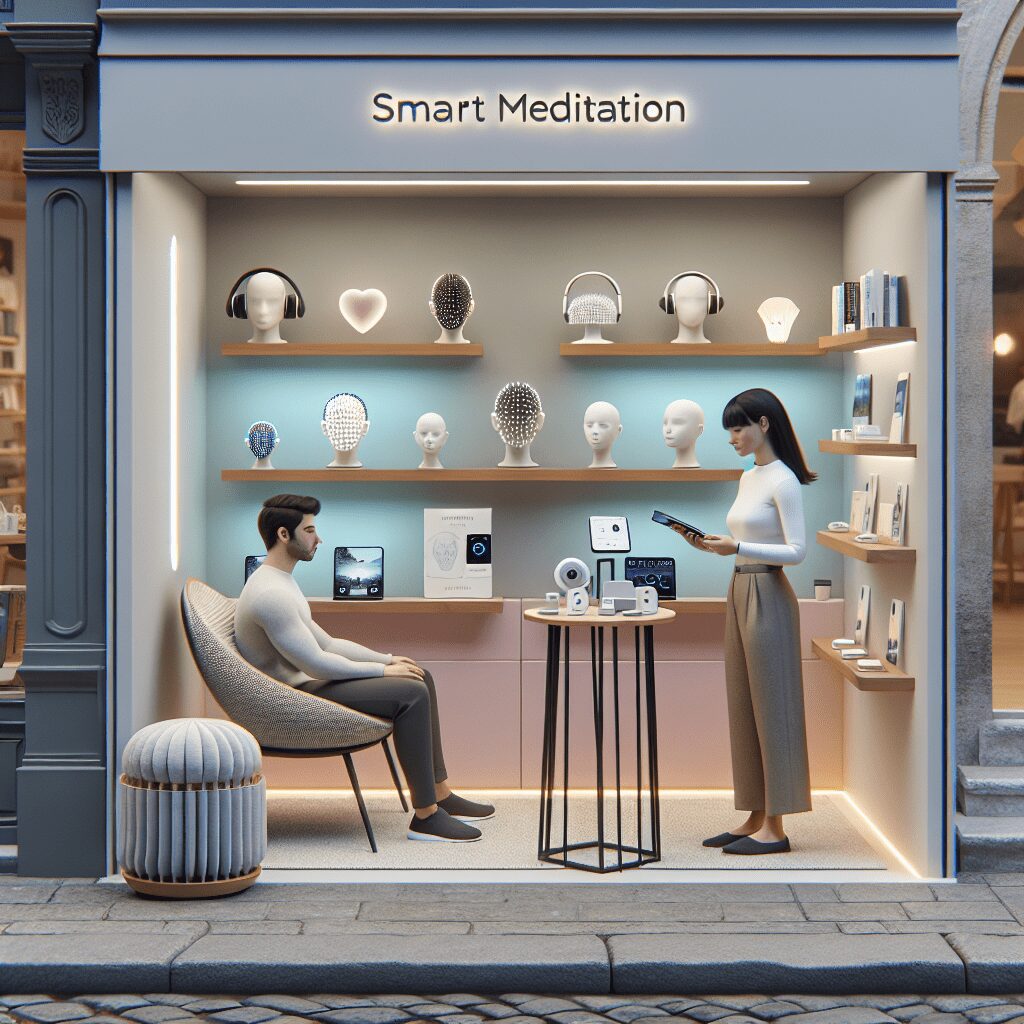
Prioritize your mental well-being daily. Enhance your life by nurturing your mental health with the Smart Meditation app. Break free from stress, alleviate anxiety, and enhance your sleep quality starting today.
How Many Americans Meditate?
The Rise of Meditation in the American Psyche
In recent years, meditation has transformed from a mystical practice, often cloaked in spiritual and religious connotations, to a mainstream health and wellness activity. Thanks to a burgeoning body of research highlighting its myriad benefits, meditation has seen a dramatic surge in popularity across the U.S. But just how many Americans are riding this wave of mindful living?
Mindfulness Goes Mainstream
Gone are the days when meditation was relegated to Buddhist monasteries or the homes of the most avant-garde. Today, it’s as American as apple pie, finding its way into corporate wellness programs, schools, and even the U.S. military. Its growth in popularity is nothing short of phenomenal, but let’s not beat around the bush; you clicked on this article for some cold, hard facts.
Well, according to a report released by the Centers for Disease Control and Prevention (CDC) in 2018, the number of American adults practicing meditation more than tripled from 2012 to 2017. Specifically, the percentage leaped from 4.1% to a whopping 14.2%. When you crunch those numbers, it translates to millions of Americans taking a little time out of their day to sit quietly with their thoughts.
For children, the trend is similar, albeit on a smaller scale. The same CDC report noted an increase from 0.6% in 2012 to 5.4% in 2017 in kids aged 4-17 practicing meditation. Clearly, mindfulness is catching on like wildfire across all age groups.
Why Meditation?
But what’s the big deal, anyway? Well, aside from the obvious – the blissful quiet in a world that never seems to hit the “mute” button – meditation boasts a plethora of science-backed benefits. Regular practice can reduce stress and anxiety, improve focus and memory, and even lead to physical health benefits like lowering blood pressure. It’s like a Swiss army knife for mental health.
Embracing Mindfulness in Daily Life
So, how can Joe and Jane Average incorporate meditation into their jam-packed schedules? Here’s the good news: meditation doesn’t demand hours of your day. Even a short, five-minute session can have noticeable effects.
-
Start Small: Begin with just a few minutes daily. You can always increase the duration as you become more comfortable.
-
Find a Quiet Space: Whether it’s a cozy corner of your bedroom or a serene spot in your garden, find where you can minimize distractions.
-
Use Apps and Online Resources: There’s no shortage of guided meditations online. Apps like Headspace and Calm have beginner-friendly sessions that range from mindfulness to specific goals like better sleep.
-
Make It a Habit: Incorporating meditation into your routine at the same time each day can help make it stick. Maybe it’s how you start your morning or unwind before bedtime.
-
Be Patient and Keep an Open Mind: Like any new skill, meditation takes practice. Don’t get discouraged if your mind wanders—a wandering mind is part of the process.
The Takeaway
Meditation has firmly secured its place in American culture, proven not only by staggering statistics but also by its integration into various aspects of daily life. With a slew of benefits at its back and minimal barriers to entry, it’s no wonder millions have jumped on the bandwagon. Whether you’re looking to manage stress, improve your health, or simply spend some quality time with your thoughts, meditation could be just the ticket. Why not give it a go? The numbers don’t lie, and who knows? You could soon be part of the growing statistics of Americans finding a little Zen in their daily hustle.





